7 Ovulation Foods
Ovulation is a crucial process when it comes to fertility. If you are ovulating every month, this indicates that you have healthy hormones and are most likely fertile. During the middle of your monthly cycle, a follicle within the ovary will mature and release an egg into the fallopian for fertilization. If the egg does not get fertilized it will be shed through the uterus as a period. The process seems simple, but in reality, ovulation is not innate because it relies heavily on hormone balance. Specifically, the hormone progesterone aids in promoting ovulation. There are many foods that help balance out progesterone to increase ovulation. Here we will talk about all the ovulation foods.
Here are 7 ovulation foods:
1. SALMON
Salmon is one of the ovulation foods. This is because salmon is high in omega 3s which have anti-inflammatory properties that help to reduce oxidative stress. Specifically salmon is high in the DHA and EPA type of omega 3 making it the most bioavailable source. The other source of omega 3s comes from plants and is called ALA but this kind has to first be converted to DHA and EPA to be utilized in the body. Two types of polyunsaturated fats are omega 3 and omega 6. Most western diets consume a ratio of 1:20 of omega 3 to omega 6 when it should be 1:3. This evidence is correlated with inflammation incidence in women showing that omega 6s are pro-inflammatory while omega 3s have protective effects that are anti-inflammatory which will aid in hormone production for ovulation. When the body has high amounts of stress or inflammation, it will not prioritize necessary functions for life rather than hormone production.
2. COLLAGEN
Collagen, an abundant protein in the body, is another one of the ovulation foods because it is high in glycine, which is a conditionally essential amino acid. This means that our body can make it normally on its own, although this process may be limited physiological limitations, so it is recommended to consume in the diet. Glycine is one of the more important amino acids because it combines with cysteine and glutamine (other amino acids) to form glutathione which is our most powerful antioxidant. We need this antioxidant to eliminate oxidative stress from reactive oxygen species because this can damage the egg follicles if they are not eliminated. In addition, glycine supports full egg development and during maturation of the egg, glycine’s transporter is activated so that glycine can enter the cell to help volume regulation. Having healthy egg development can support ovulation.
3. AVOCADO
Avocado is another one of the ovulation foods because they are high in healthy fats. Specifically, avocados are high in unsaturated fats which means they have at least one double bond in the fatty acid chain, and do not contribute to cholesterol build-up as saturated fats do. Research shows that unsaturated fat consumption is associated with increased progesterone and decreased anovulation.
Source: 26843151
4. PUMPKIN SEEDS
Pumpkin seeds are high in magnesium which makes one of the ovulation foods. Magnesium is great because it increases progesterone the pregnancy-promoting hormone to support ovulation. One study of 180 pregnant participants showed that the group who supplemented with a magnesium multivitamin had better pregnancy outcomes and fewer complications in general. Magnesium is our relaxing mineral and it helps with reduces stress, tight muscles, and inflammation which are all factors that can promote ovulation.
Source: 28904937
5. SHELLFISH
Shellfish is another one of the ovulation foods because it is high in zinc. A study found that zinc is able to increase the number of binding sites on a progesterone receptor in order to increase progesterone naturally. As mentioned progesterone is very important for ovulation because it helps it supports the follicle in releasing the egg. Additionally, zinc aids in egg quality and development to promote ovulation and feritlity. Zinc deficiency can be very harmful as it causes the risk of miscarriage, preterm delivery, placental inflammation, neural tube defects.
6. LEGUMES
Legumes like lentils and beans are high in Coenzyme Q10 (Ubiquinol) which makes them one of the ovulation foods. For the egg to mature in the follicle properly, an energy-intensive process occurs in the mitochondria called oxidative phosphorylation. CoQ10 is an enzyme involved in this mitochondrial energy-producing process. Studies have shown that this enzyme declines with age, and therefore egg quality also declines. Supplementing with CoQ10 is a great way to improve egg quality and also increase ovulation rates.
Source: 26111777
7. BRAZIL NUTS
Brazil Nuts are high in selenium making them one of the ovulation foods. Selenium is a mineral that has strong antioxidant properties that oxidative stress and inflammation. Oxidative stress damages cells and reduces their ability to function, especially when trying to conceive. This has a negative impact on hormone levels and ovulation outcome. Since selenium has antioxidant properties, it can fight the inflammation and restore hormone levels for ovulation. Selenium has been shown to support conception rates in women, showing that brazil nuts are one of the great ovulation foods







